
Habitat within the Utah Lake ecosystem has been significantly altered since early settlers first arrived in the valley. Human-induced habitat changes affecting the June sucker include channelization and diking of tributaries, diversion structures that limit access to potential spawning and nursery areas, filling of tributary floodplain habitats and wetlands, and reduced habitat for early life stages of June sucker.
A two-pronged effort to restore tributaries and obtain water has allowed the June Sucker Recovery Implementation Program to work towards an ideal habitat for the June sucker and other species as well as local users of Utah Lake.
Restoring Utah Lake Tributaries
JSRIP recovery efforts have been focused on restoring natural stream functions to Utah Lake tributaries. These restoration projects involve stream habitat improvements, modification of irrigation diversions, and reconnecting the stream to its floodplain to allow the development of diverse habitat types. These restoration efforts have resulted in increases in June sucker spawning numbers and improved the chances of survival for the species in early stages of life.
Hobble Creek Restored
To date, the most extensive habitat restoration projects have been completed on Hobble Creek, where the connection between the creek and Utah Lake has been restored. This project involved the construction of a new channel and associated floodplain wetlands to support the June sucker.
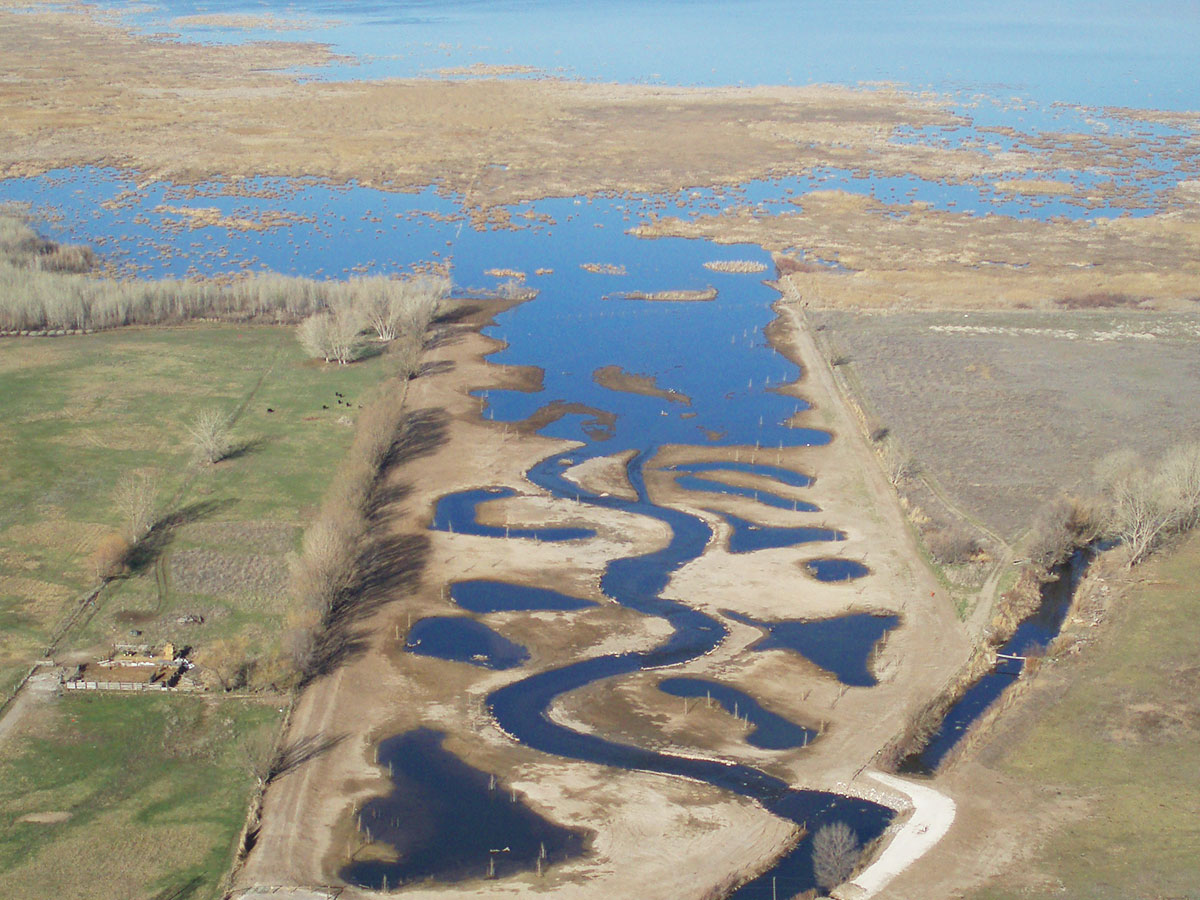 In 2008, the JSRIP completed a habitat restoration project along the lower reaches of Hobble Creek to improve conditions where the creek entered Utah Lake. The project allowed access for spawning adult suckers to access the creek and also improved conditions for larval fish to grow and survive.
In 2008, the JSRIP completed a habitat restoration project along the lower reaches of Hobble Creek to improve conditions where the creek entered Utah Lake. The project allowed access for spawning adult suckers to access the creek and also improved conditions for larval fish to grow and survive.
In the spring of 2009, six months following restoration, adult suckers were documented spawning in Hobble Creek for the first time and later biologists were able to identify young suckers that survived an entire year in the wetlands of the restoration project.
Despite these successes, June sucker still faced a potential recurring threat. Each summer, the flow in Hobble Creek was significantly reduced or the creek would run dry due to irrigation needs, and no infrastructure existed to replenish the water.
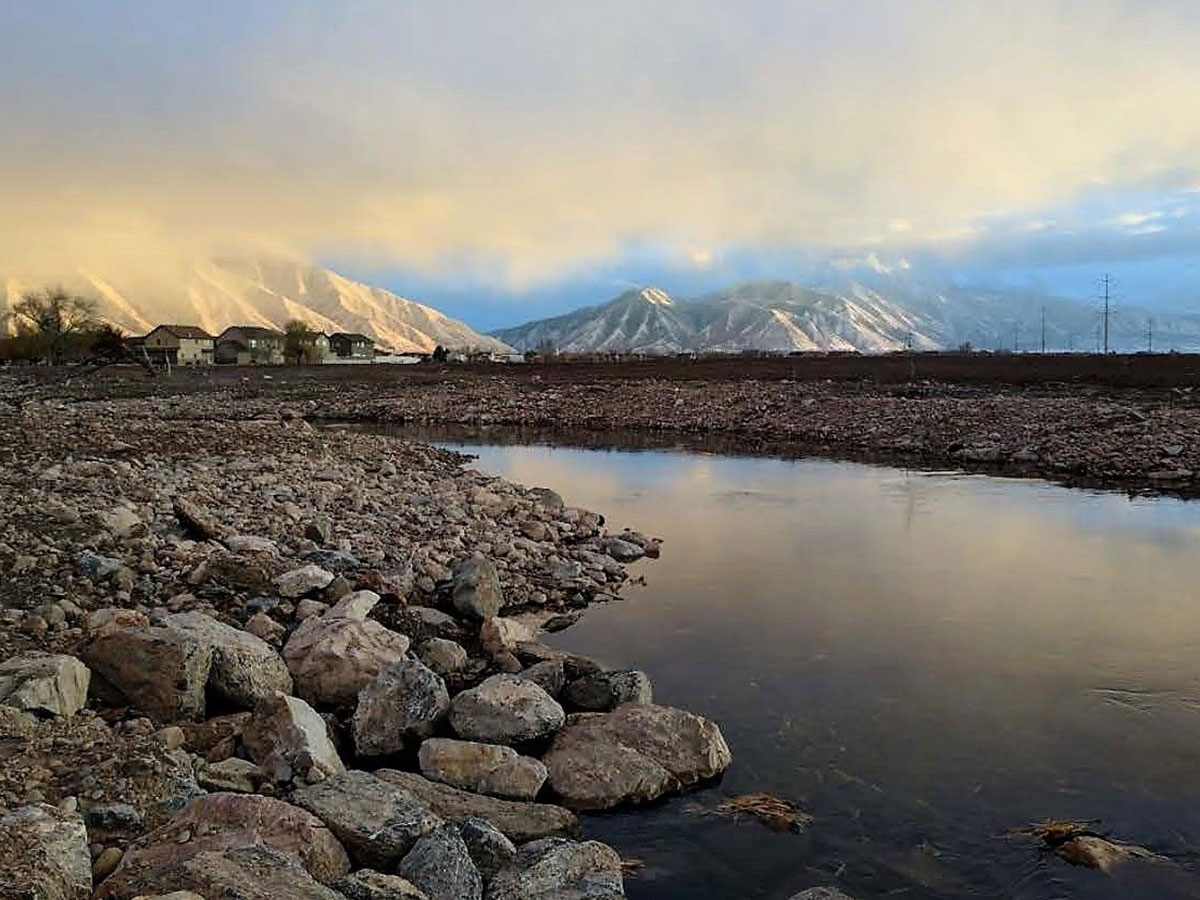 In early 2013, a solution for the lack of water was implemented. The Central Utah Project constructed pipelines to bring water from Strawberry Reservoir across Hobble Creek for eventual delivery to the north. The JSRIP worked to complete an environmental assessment to satisfy National Environmental Policy Act (NEPA) requirements that would allow for the release of water from that pipeline to supplement flows in Hobble Creek.
In early 2013, a solution for the lack of water was implemented. The Central Utah Project constructed pipelines to bring water from Strawberry Reservoir across Hobble Creek for eventual delivery to the north. The JSRIP worked to complete an environmental assessment to satisfy National Environmental Policy Act (NEPA) requirements that would allow for the release of water from that pipeline to supplement flows in Hobble Creek.
By May 2013, with the completion of the pipeline and the necessary environmental compliance in place, water was released to Hobble Creek to support spawning and recruitment of June sucker. Such deliveries have continued, with approximately 5,000 acre feet of water being added to Hobble Creek each year. Both the June sucker and Hobble Creek have benefited from these flows.
Before the project was implemented, June sucker were not observed spawning in Hobble Creek. Restoring the connection to the lake allowed June sucker to reach a previously inaccessible spawning habitat, and now hundreds of adult suckers have been observed spawning in the creek.
Provo River Delta Restoration Project
Similar restoration efforts are needed on other Utah Lake tributaries, notably the Provo River, where the majority of June sucker spawning occurs, which is the focus of the Provo River Delta Restoration Project. This large-scale project will provide the habitat needed to support the millions of larval suckers spawned in the Provo River each year. The project will also provide habitat for other species and benefit the Utah Lake ecosystem.
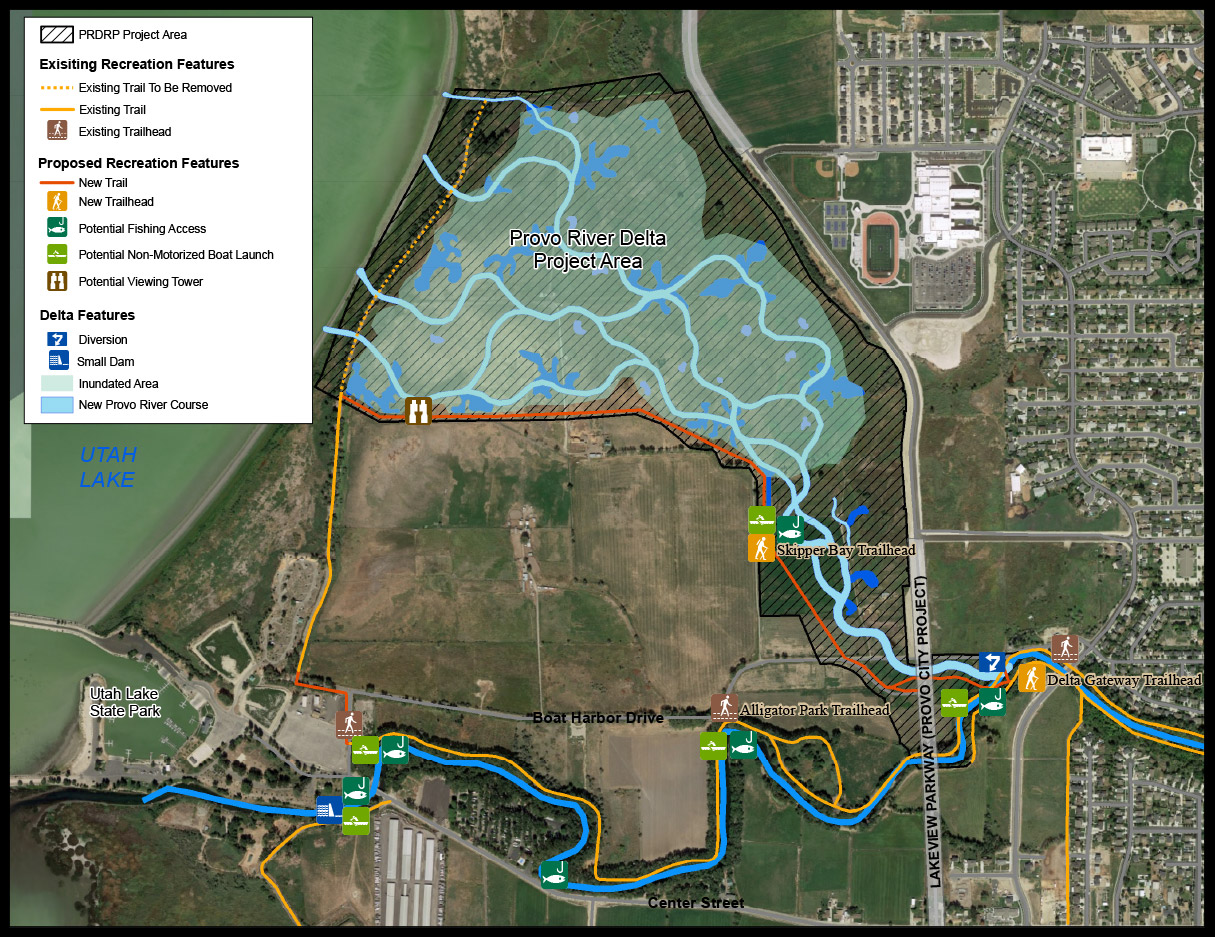 Decades ago the Provo River separated into a fan of tributaries that meandered through grassy wetlands before meeting Utah Lake. This dynamic system disappeared as the area was drained and cleared for farming, features like roads and the airport were constructed, and the river was tamed by upstream dams. The existing lower Provo River is channeled and diked creating conditions that are detrimental to native species like the June sucker.
Decades ago the Provo River separated into a fan of tributaries that meandered through grassy wetlands before meeting Utah Lake. This dynamic system disappeared as the area was drained and cleared for farming, features like roads and the airport were constructed, and the river was tamed by upstream dams. The existing lower Provo River is channeled and diked creating conditions that are detrimental to native species like the June sucker.
The Provo River Delta Restoration Project will create a more natural lower Provo River ecosystem by diverting the majority of the flow north to create braided waterways and wetlands flowing into Utah Lake. A small portion of Utah Lake will be allowed to expand eastward to more closely approach its historic shoreline. The existing lower Provo River channel will continue to receive a portion of the flows and a small dam will be constructed at its downstream end to maintain a constant water level year-round. An aeration system will also be installed to improve water quality, aesthetics, and odor. In addition, access to this channel will be made easier and safer.
The purpose of recreating the Provo River Delta is to help recover the endangered, now listed at "threatened," June sucker, and in doing so, restore the area’s natural ecosystem, provide and improve recreational experiences along the existing lower Provo River and in the delta area, and help ensure that important water projects linked to the June sucker recovery stay on track.
The Project Area
New & Improved Trails
- The existing paved trail along the Provo River will be retained and enhanced
- A new trail will allow people to traverse the delta boundary and complete a loop using existing trails
- A new equestrian trail will be built alongside the new paved trail
- A viewing tower will be constructed near the southwest corner of the project to allow an elevated view of this unique habitat
Creating a Rare & Special Place
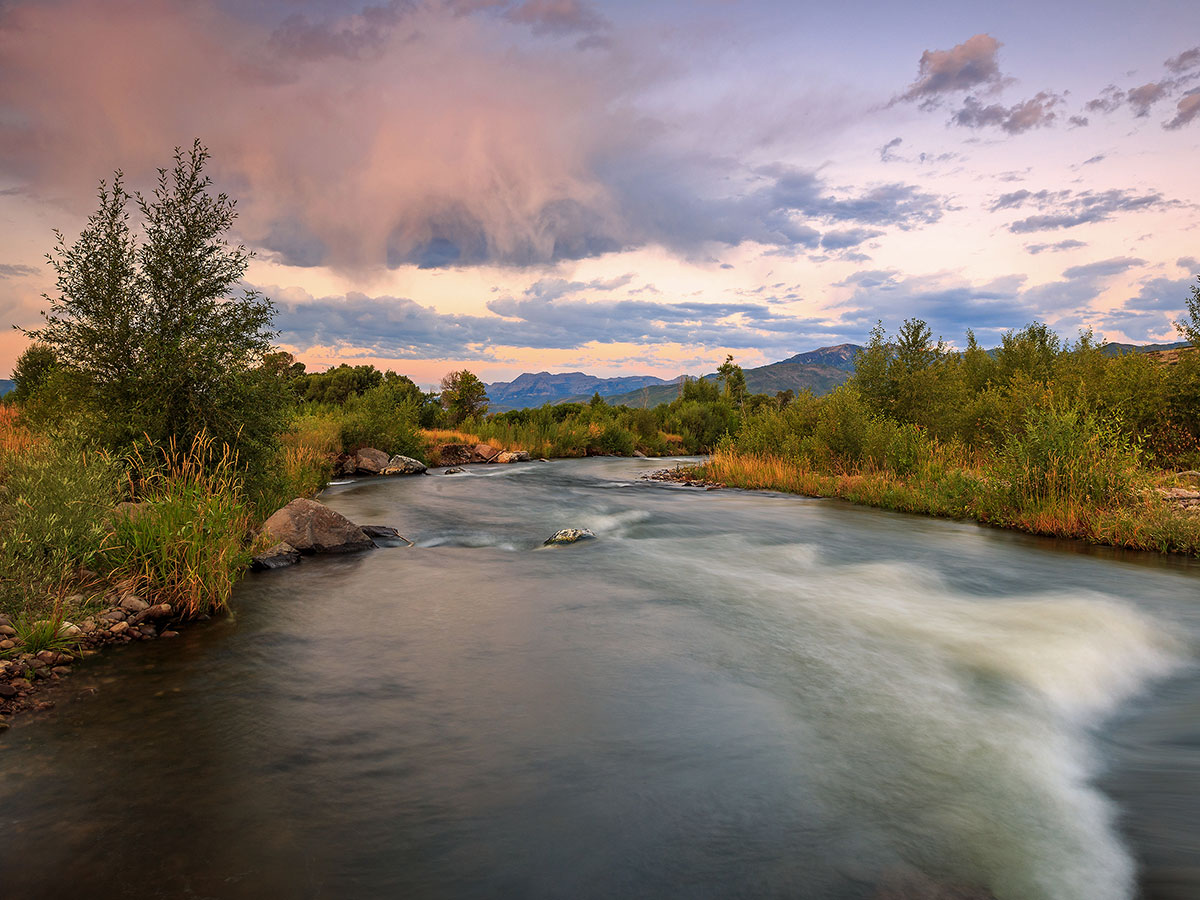 The delta project will create a rare and special place adjacent to a large urban center and will add unique new recreational opportunities to those that already exist at Utah Lake. Reestablishing a meandering delta environment will allow natural processes to once again take hold, while providing a quiet, peaceful area for people to connect with nature.
The delta project will create a rare and special place adjacent to a large urban center and will add unique new recreational opportunities to those that already exist at Utah Lake. Reestablishing a meandering delta environment will allow natural processes to once again take hold, while providing a quiet, peaceful area for people to connect with nature.
Recreation Features
- Access points to reach the river and delta on foot
- Areas for launching and portaging non-motorized boats
- New fishing and boating opportunities
- Wildlife watching areas
Recreation Support Elements
- Benches
- Trail and trail heads
- Bathrooms
- Informational signage
- Observation tower
- Non-motorized boat launching areas
- Fishing platforms
Learn more at www.provoriverdelta.us.
Protecting & Managing Water Flows
The development of water resources within the Utah Lake Basin has resulted in the alteration of the hydrology of Utah Lake and its tributaries – and by extension has affected the June sucker’s viability. The dewatering of tributaries can strand adult fish in isolated pools and prevent larval fish from reaching Utah Lake. Managing and protecting water resources to avoid these potential issues has been a significant challenge for recovery efforts.
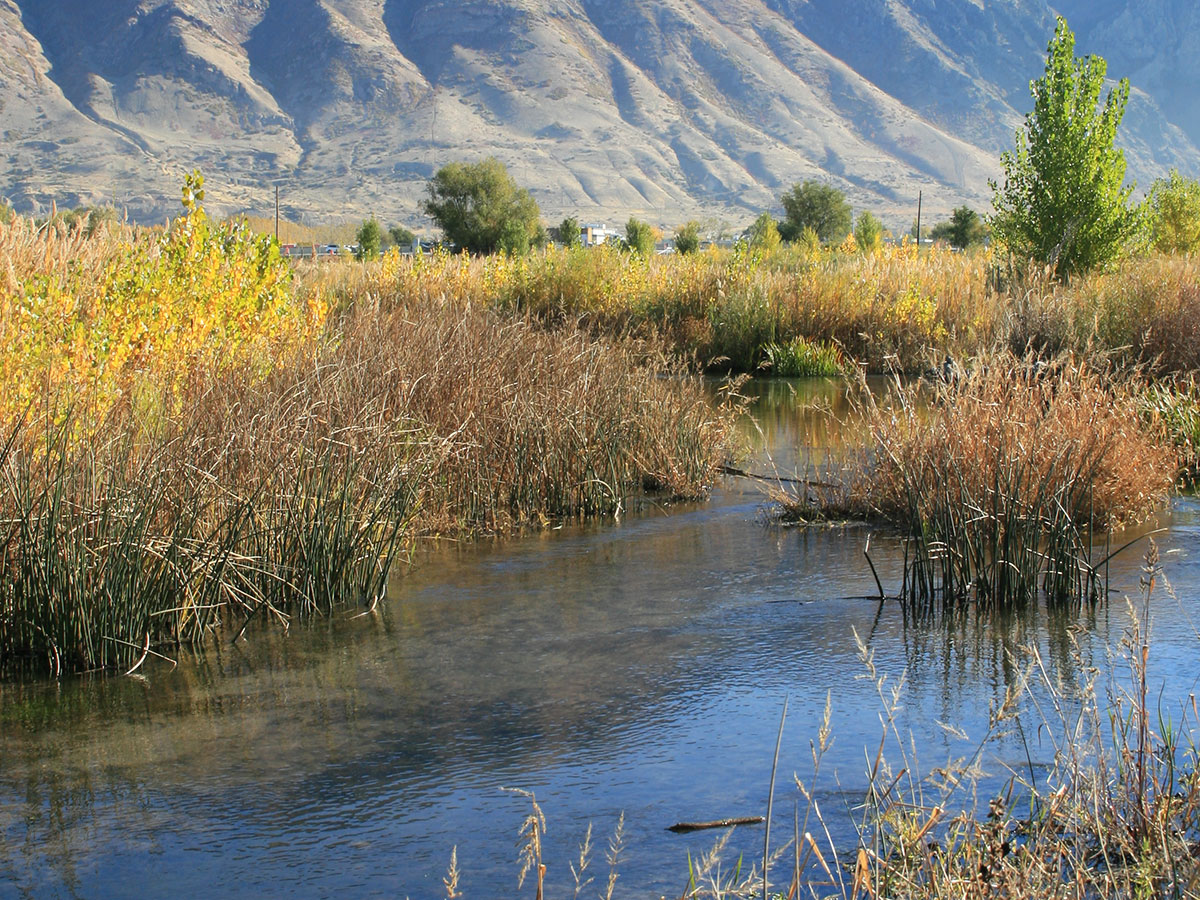
Partners of the June Sucker Recovery Implementation Program have been successful at acquiring water to supplement flows in some Utah Lake tributaries to support June sucker spawning and recruitment. Water has been obtained through direct purchase, water conservation, and environmental commitments associated with new water development projects.
The supplemental water received by Provo River and Hobble Creek is critical to ensure necessary conditions to support June sucker. These additional flows have benefited not only June sucker, but many other species that rely on these tributaries.
The Benefits We Are Seeing
- June sucker spawning in Hobble Creek
- Flora and fauna thriving
- More wildlife in the area
- More people visiting and recreating in this natural area
- Water flowing year-round in the Provo River
- Return of wild fish population in Hobble Creek
- Increased fishing opportunities in Utah Lake tributaries
- Improved recreational experiences
Special Thanks to...
- Department of the Interior
- Utah Reclamation, Mitigation, and Conservation Commission
- Central Utah Water Conservancy District




























